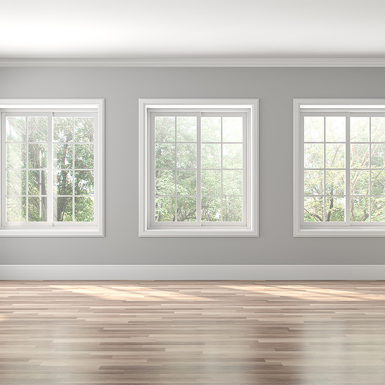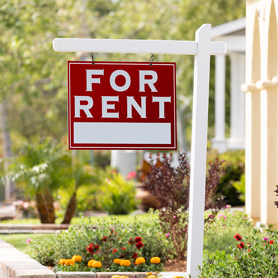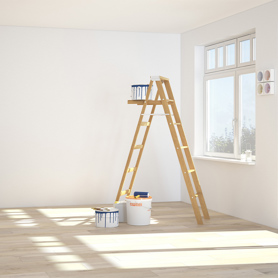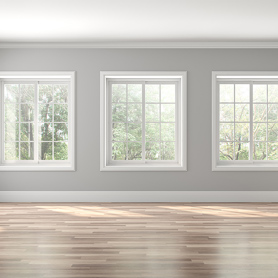Tips For Developing Residential Rental Contract Agreements
Do you have landlord clients who rent residential structures to tenants? If so, having a lease agreement in place is a crucial step before tenants take possession of the property. Leases protect both the landlord and the tenant by clearly outlining the terms and responsibilities.
Residential real estate leases generally include provisions documenting the length of the lease, the amount of rent to be paid, which utilities are included in rental payments, what the landlord’s and tenant’s obligations are with respect to maintaining the property, and how breaches of the agreement will be handled.
Lease agreements also generally include provisions about insurance coverage for the leased property. Generally speaking, the property owner/landlord is responsible for providing coverage for the property and structure itself, but not for the tenants’ personal property.
When landlords want to insure rental structures through US Assure, tenants will need to have annual leases in place, and the property must have four or fewer rental units, each with its own kitchen and bathroom. The property must also be 100 percent tenant-occupied.
Because of the unique risks each scenario represents, US Assure cannot insure rental property with wood stoves, space heaters or other types of temporary heating units.
The type of rental structure is also important from an insurance standpoint. To be covered by US Assure’s rental property program, a structure cannot be a boarding or rooming house, and cannot be used for student housing, fraternity or sorority housing. Likewise, the US Assure rental dwelling insurance product does not offer coverage for property rented out as Section 8 or government housing. Finally, US Assure rental dwelling coverage is not available for vacation homes or other types of seasonal rental properties.
For peace of mind, and to ensure that lease agreements adequately protect landlord clients’ interests as well as complying with state-specific laws, it is best to have a licensed attorney draft the initial residential real estate lease agreement.
Some clients may instead prefer to take a do-it-yourself approach to creating lease agreements and may choose to use online legal tools to start the process. Mistakes or errors in lease agreements can be costly if something goes wrong, so it is worth it to put extra effort into the contracts early on. There are many do-it-yourself legal services available; clients should feel confident that the service they choose is reputable.
To learn more about areas of consideration before quoting rental insurance, download our free tip sheet, 10 Items to Consider Before Quoting Vacant and Rental Property Insurance.

Related Resources
View more
Take a closer look at rental home coverage and the top concerns about landlord insurance.

Get answers to agents' most frequently asked questions about vacant property insurance.

Uncover the questions you should ask any property carrier before starting an application.





